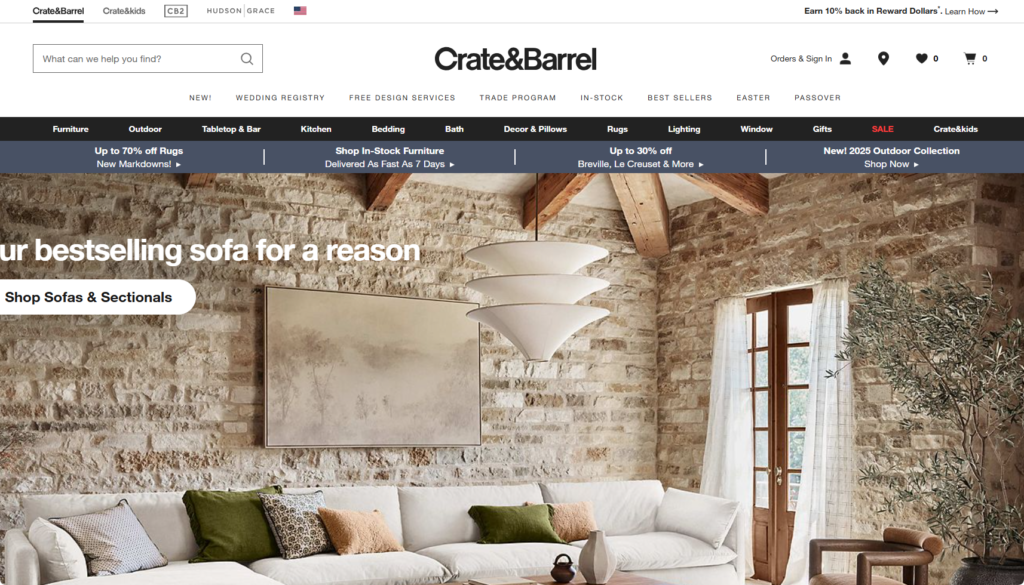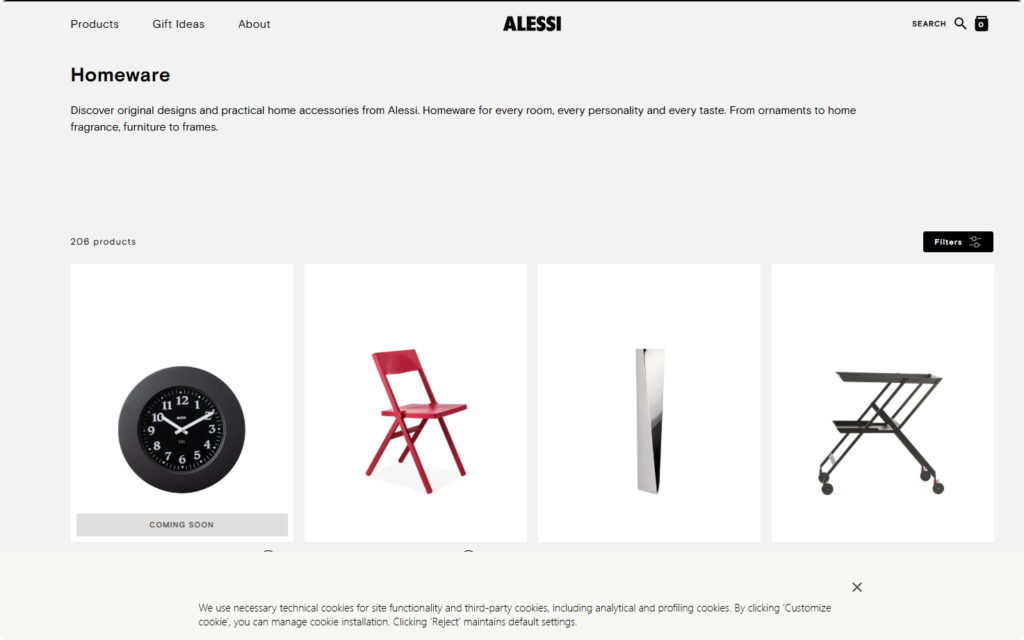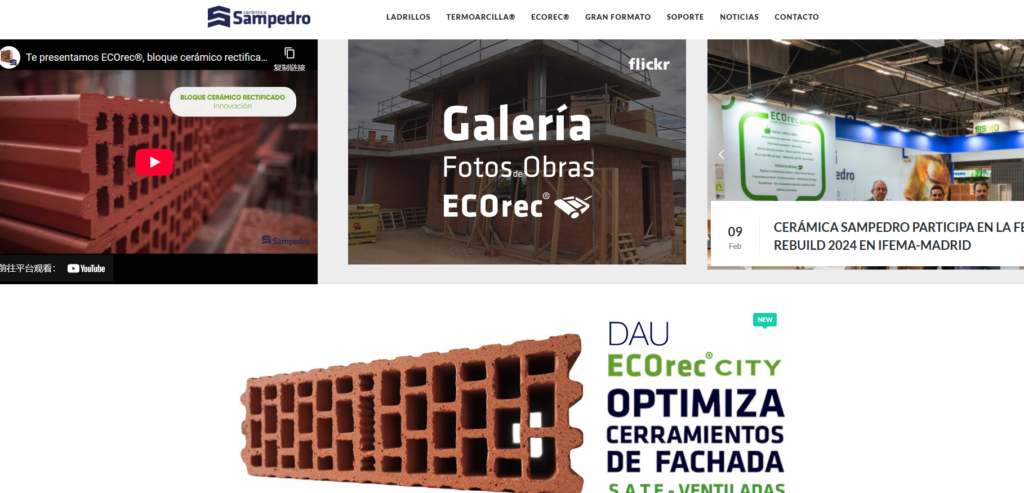The global ceramic home décor market is experiencing an exciting phase of growth as we approach 2024 and beyond. As more people invest in their living spaces, ceramics, known for their durability and elegance, have seen increased demand in home decoration, garden accessories, and other home essentials. From vases and garden pots to statement pieces, ceramic items are becoming an integral part of modern homes, blending function and art seamlessly. Whether you are a home and garden buyer, a gift merchant, or a cross-border e-commerce seller, understanding the trends and growth insights in the ceramic home décor market can help you tap into the expanding opportunities.
In this article, we’ll explore the key trends shaping the ceramic home décor market for 2024-2025, highlighting emerging markets, shifting consumer preferences, and the role of local brands. We’ll also take a closer look at specific regions and countries leading the charge in the ceramic home décor sector and discuss which brands are making waves with their innovative products.
Market Growth Drivers for Ceramic Home Décor
As we move toward 2024 and 2025, several factors are driving the growth of the ceramic home décor market:
- Sustainability and Eco-conscious Consumers
Consumers are becoming increasingly aware of the environmental impact of their purchases. As a result, there’s a growing preference for sustainable and eco-friendly products, including ceramics. Ceramic items are naturally durable, long-lasting, and often made from locally sourced, renewable materials, which resonate with eco-conscious consumers. - Rise of Minimalism and Modern Aesthetics
A shift towards minimalist home décor has further contributed to the popularity of ceramics. Ceramic vases, planters, and décor pieces fit well with modern, clean designs that emphasize simplicity. The versatility of ceramics in terms of color, texture, and shape makes it a favorite among homeowners and interior designers. - Growing Interest in Indoor and Outdoor Gardening
As urbanization increases and people spend more time at home, gardening—both indoor and outdoor—is becoming a popular hobby. Ceramic garden pots, planters, and decorative pieces offer a stylish and functional solution for gardening enthusiasts. The ability to customize these products through OEM and ODM services adds to their appeal, providing unique and personal touches to the garden space.
Key Regions Driving Ceramic Home Décor Growth
Different regions around the world have been showing varied growth patterns in the ceramic home décor market. Let’s dive into the major regions leading the charge in the ceramic industry:
1. North America: Trend Towards Natural, Artisanal Ceramics
In North America, especially in the U.S., there’s been a growing trend toward artisanal and handmade ceramics. The desire for unique and handcrafted décor pieces is driving demand for high-quality ceramics in both traditional and modern home designs. Brands like West Elm, Anthropologie, Crate and Barrel, Pottery Barn, and Williams-Sonoma are offering stunning ceramic pieces for the home, emphasizing a mix of functionality and artistry.

These brands often combine traditional ceramic techniques with contemporary designs, making them popular in urban and suburban homes alike.
2. Europe: Influence of Scandinavian and Mediterranean Designs
Europe is another strong player in the ceramic home décor market. Countries like Italy and Spain have a long tradition of producing beautiful ceramic items. Ceramic garden pots and vases from these regions have been known for their craftsmanship and artistry. In addition to classic Mediterranean styles, Scandinavian design influences have also boosted the demand for minimalist and neutral-toned ceramic products in markets like Sweden, Denmark, and Norway.
Notable brands in Europe include Ikea (Sweden), known for its affordable and modern ceramic pieces, and Bodum (Denmark), which offers a blend of functionality and design in its ceramic collection. Italy’s Alessi and Spain’s Villeroy & Boch also offer high-end ceramic products, from stylish vases to intricate home décor.

3. Asia-Pacific: Ceramic Home Décor as a Status Symbol
In the Asia-Pacific region, ceramic home décor has gained immense popularity, particularly in China, Japan, and South Korea. In countries like China, ceramics have a long-standing cultural significance, and modern design trends are incorporating traditional techniques. Ceramic garden pots, planters, and decorative home accessories are often seen as symbols of wealth and sophistication, especially among younger, affluent consumers.
Prominent Chinese brands like Hale (specializing in ceramic garden pots and home décor), Hong Kong’s Kikkerland, and Japan’s Muji all offer a variety of ceramics, each with a unique flair. The growing influence of the Asian market on global design trends is undeniable, with many Asian brands expanding their reach internationally.
4. Latin America: Craftsmanship and Local Artisans
In Latin America, the ceramic industry is deeply rooted in tradition. Countries like Mexico, Colombia, and Peru have long been home to artisans skilled in creating intricate, handcrafted ceramic pieces. With the rise in demand for handmade, unique products, Latin American ceramics have become a staple in the global home décor market.

Brands like Talavera (Mexico), known for its vibrant and traditional ceramic patterns, and Cerámica San Pedro (Colombia), which specializes in contemporary ceramic décor, have captured international attention. These brands offer a connection to the culture and heritage of the region, resonating with consumers looking for authenticity and craftsmanship.
Table: Leading Brands in Ceramic Home Décor by Region
| Region | Brand | Product Specialties | Key Features |
|---|---|---|---|
| North America | West Elm | Ceramic vases, planters, and decorative items | Artisanal, modern, and functional designs |
| Europe (Italy) | Alessi | High-end ceramic décor pieces, modern designs | Innovation, luxury, and craftsmanship |
| Europe (Spain) | Villeroy & Boch | Ceramic plates, vases, and bathroom ceramics | Premium quality, elegance, and durability |
| Asia-Pacific | Hale (China) | Ceramic garden pots, vases, and home décor | Customizable, eco-friendly, and durable |
| Latin America | Talavera (Mexico) | Colorful ceramic vases and decorative items | Handcrafted, traditional Mexican designs |
Future Trends: What to Expect in 2024-2025
Looking ahead to 2024-2025, the ceramic home décor market is set to continue evolving. Some key trends to watch include:
- Personalization and Customization: As more consumers seek unique home décor items, customization will become a major trend in the ceramic market. Brands offering OEM and ODM services, like Hale, will be at the forefront of this trend, allowing buyers to create personalized designs tailored to individual preferences.
- Smart Ceramics: With the rise of smart homes, integrating technology into ceramic items (such as smart vases and planters that monitor plant health) may become a new frontier for the industry.
- Hybrid Materials: Combining ceramics with other materials like wood, metal, or glass will continue to drive innovation in ceramic home décor, offering more versatile designs that blend with different home styles.
FAQs: What People Are Asking About Ceramic Home Décor
Q: Why is ceramic a popular material for home décor?
A: Ceramic is durable, versatile, and timeless. It can be molded into a wide range of shapes, sizes, and finishes, making it ideal for everything from simple vases to elaborate garden planters. Additionally, ceramics are often eco-friendly and sustainable.
Q: How do I choose the right ceramic planter for my home?
A: When choosing a ceramic planter, consider the size of your plant and the style of your home. If you have a modern home, a minimalist ceramic planter in neutral tones may suit your space best. If you’re looking to add color, go for bold, statement-making ceramic designs.
Q: Are ceramic products expensive?
A: Ceramic products can range from affordable to high-end, depending on the craftsmanship, design, and brand. Handmade or artisanal ceramics typically cost more due to the time and skill required to create them, but they also offer unique designs.
Conclusion
The global ceramic home décor market is poised for significant growth in the coming years, with regional differences and consumer preferences influencing trends. Whether you’re a buyer looking for stylish garden pots or a gift merchant wanting to offer high-quality ceramic items, the opportunities in this sector are plentiful. By understanding the key players, regional trends, and consumer demands, you can make informed decisions to navigate this vibrant and evolving market.
As the market for ceramic home décor expands in 2024-2025, embracing sustainability, personalization, and innovation will be key to staying ahead of the competition and offering products that resonate with consumers worldwide.

